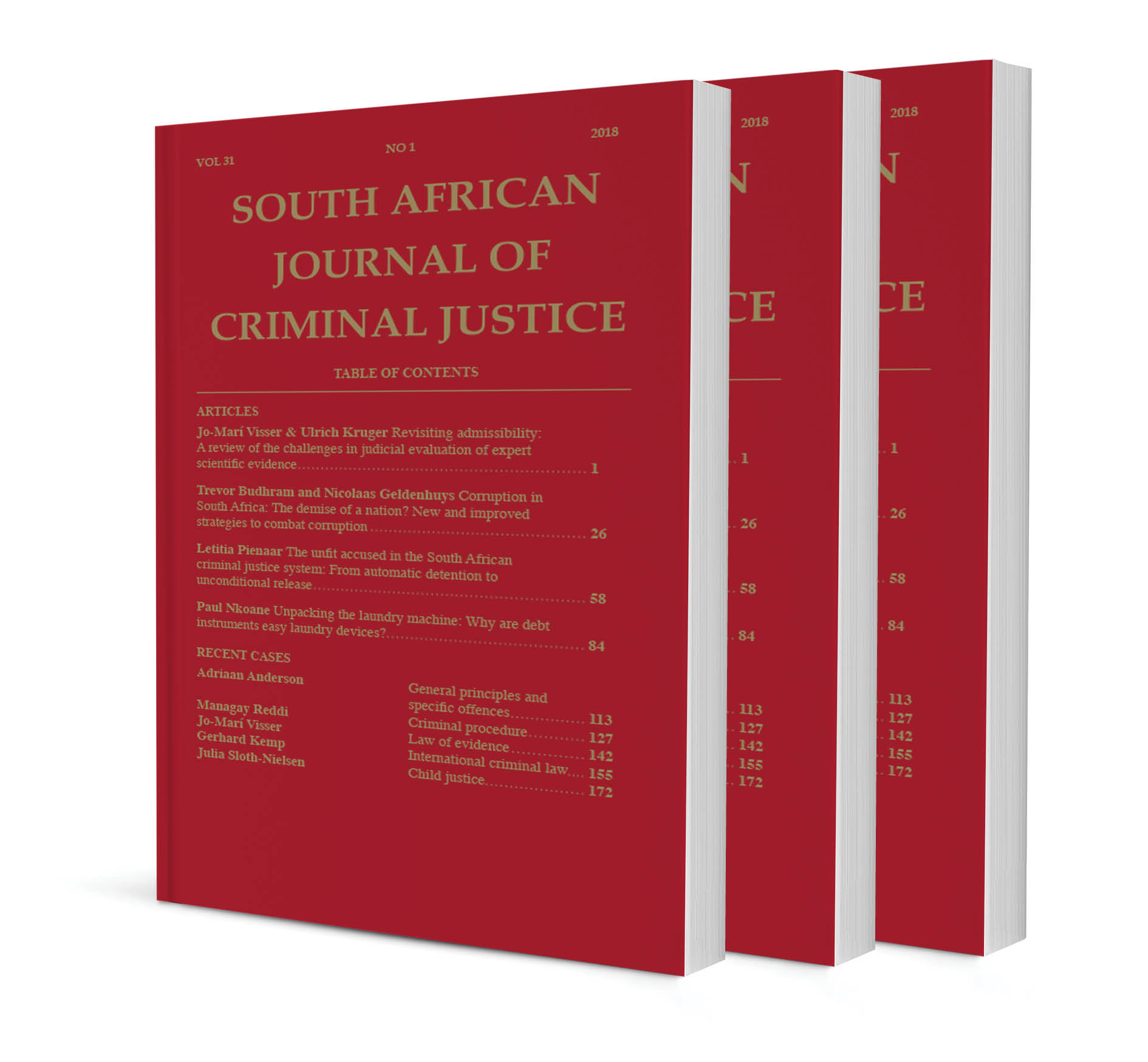Abstract
In parasomnias (sleep disorders), parts of the brain are alert, functioning well, but other regions are not awake, not functioning. These mixed sleep/wake states compromise mental processes in ways that can be surprising, and sometimes dangerous to self and/or others. Possible parasomnia should be considered in relation to all violent, perplexing events that occur after individuals fall asleep. Increased familiarity with the scientific study of dreaming and sleep disorders augments mental health and legal practitioners’ capacity to comprehend and assist. Expert testimony from these scientific fields can shift judicial focus from inappropriate punishment toward treatment and prevention, bringing enlightened justice, understanding, and relief to all parties. This article re-examines the controversial case of Olympic athlete, Oscar Pistorius, who killed his girlfriend, Reeva Steenkamp, during an episode of sudden arousal from sleep. Both the bail magistrate and the judge underscored major elements that made no sense in Pistorius’ narrative. When these crucial anomalies are approached with knowledge of dreaming and parasomnia, they become comprehensible, meaningful, and potentially transformative with respect to judicial outcome. Invaluable insights from these scientific fields were not considered during Pistorius’ trial. If they had been contemplated and found credible, the accused might have been found not criminally responsible. This possible miscarriage of justice might be reversed via appeal based upon these scientific principles.
Sleep medicine and psychoanalytic psychology have made major judicial contributions. These disciplines are indispensable for understanding perplexing legal cases. Without expert opinion from these scientific fields, miscarriages of justice may occur. Familiarity with these research findings is crucial for legal and mental health professionals.2 This article reviews a well-known, controversial case through these empirical lenses. The strong possibility that parasomnia (sleep disorder) severely impaired this defendant’s important cognitive processing capacity is presented. In such cases, non-pathological criminal incapacity (therefore acquittal) must be seriously considered in courts’ efforts to achieve optimal justice.
